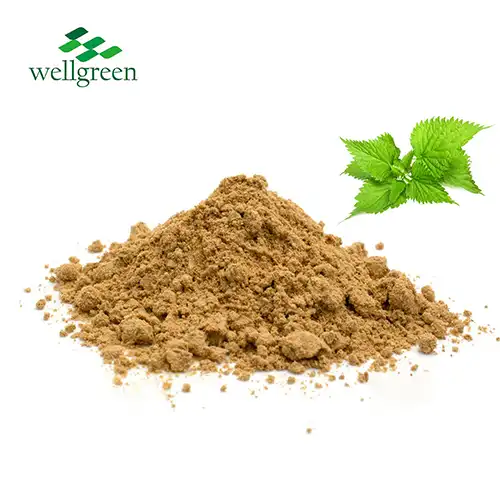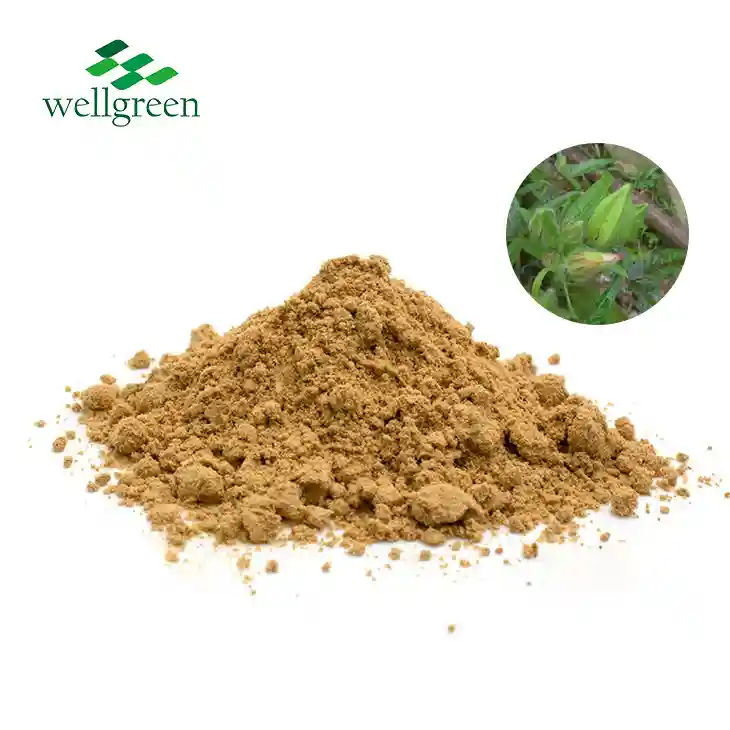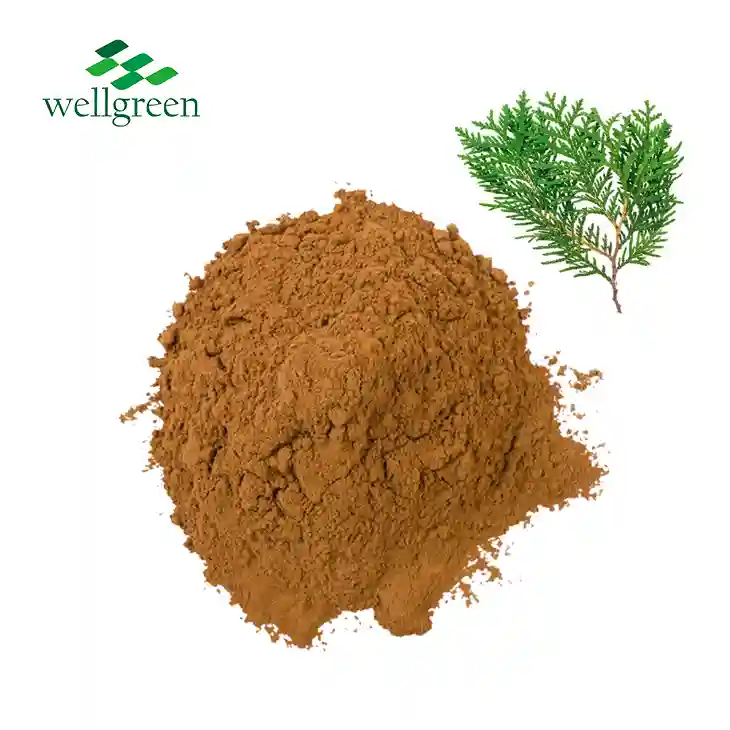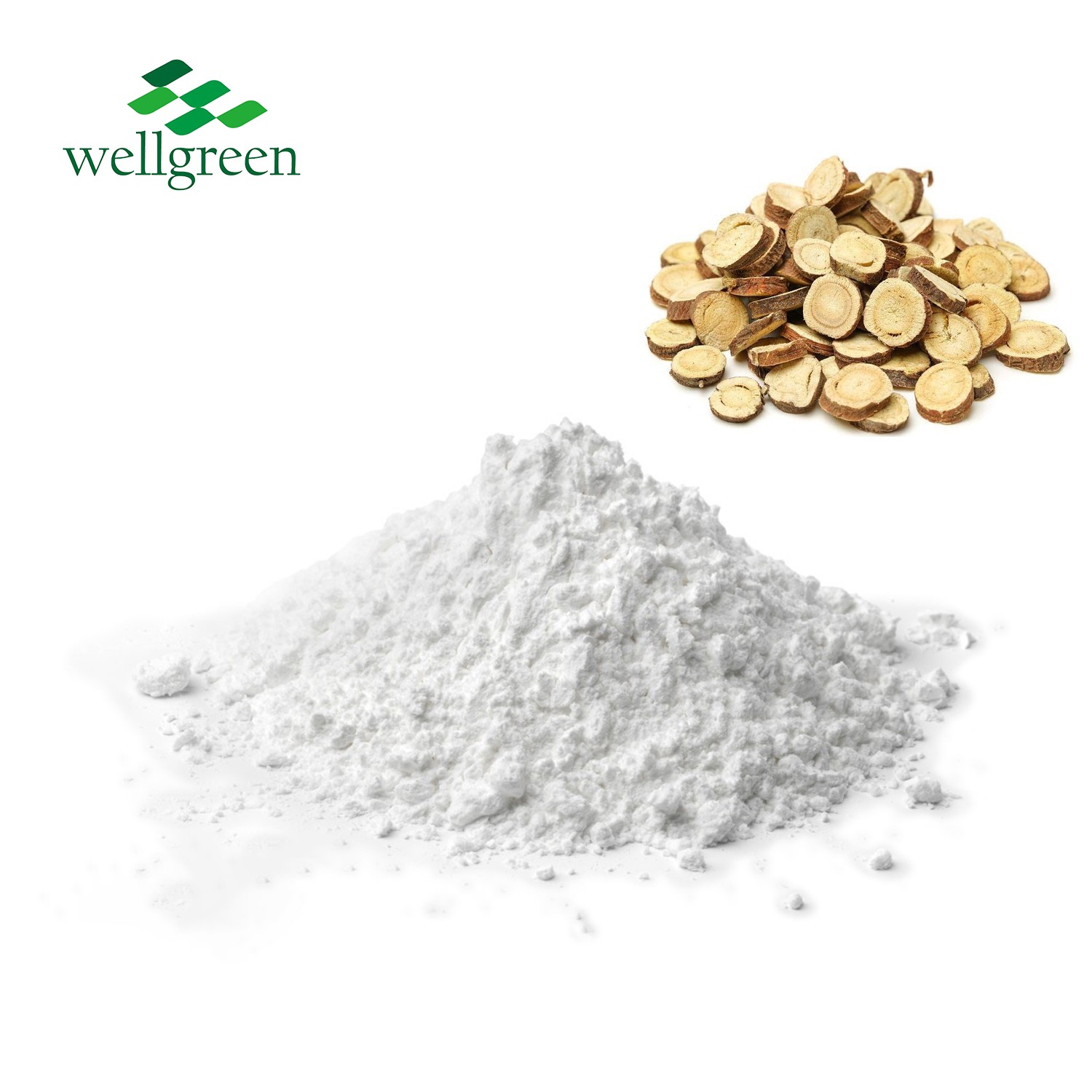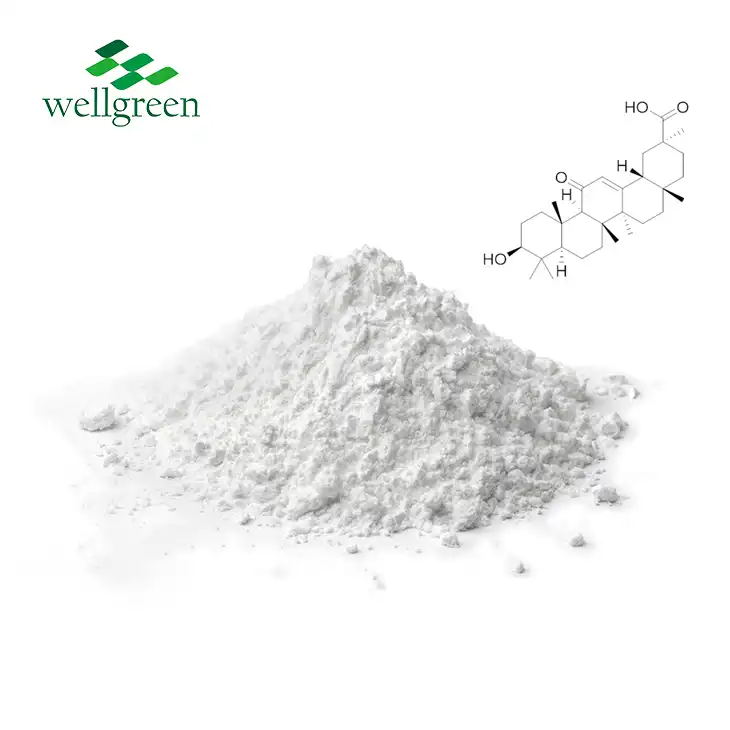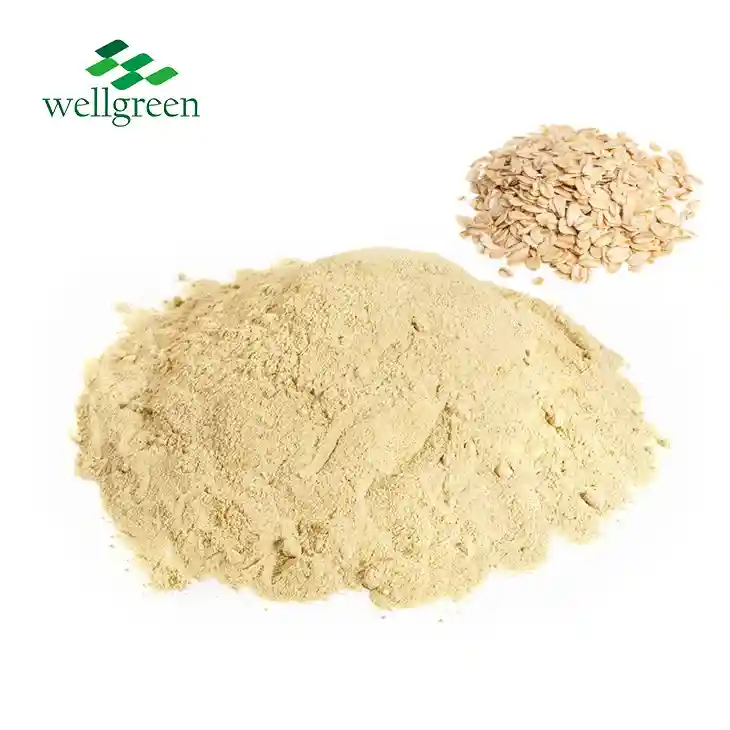Can Trichosanthes Kirilowii Extract Help in Managing Diabetes?
2024-07-12 15:18:18
Diabetes is a chronic condition affecting millions worldwide, characterized by elevated blood sugar levels due to the body's inability to produce or effectively use insulin. Managing diabetes often involves medication, lifestyle changes, and dietary supplements. Trichosanthes kirilowii, also known as Chinese cucumber or snake gourd root, has been used in traditional Chinese medicine for various health benefits. Recent studies suggest that Trichosanthes kirilowii root extract may also play a role in managing diabetes. This blog explores how this natural remedy can aid in diabetes management.
How Does Trichosanthes Kirilowii Root Extract Affect Blood Sugar Levels?
 Trichosanthes kirilowii root extract is renowned for its potential to regulate blood sugar levels. Several bioactive compounds in the extract, including trichosanthin and various polysaccharides, are believed to influence glucose metabolism and insulin sensitivity.
Trichosanthes kirilowii root extract is renowned for its potential to regulate blood sugar levels. Several bioactive compounds in the extract, including trichosanthin and various polysaccharides, are believed to influence glucose metabolism and insulin sensitivity.
Mechanisms of Blood Sugar Regulation
The root extract helps regulate blood sugar levels through a variety of mechanisms. First, it increases pancreatic insulin secretion, which is necessary for cells to absorb glucose. Second, it makes cells more sensitive to insulin, making it easier for them to respond to insulin. Furthermore, the concentrate has been displayed to hinder proteins like alpha-glucosidase, which are engaged with the breakdown of carbs into glucose, accordingly dialing back glucose assimilation in the digestive organs.
Clinical Evidence and Studies
The effectiveness of Trichosanthes kirilowii root extract in controlling blood sugar levels is supported by a number of studies. According to a study that was published in the "Journal of Ethnopharmacology," diabetic rats treated with the extract had significantly lower levels of blood sugar than untreated rats. Additionally, the extract enhanced glucose tolerance, indicating its potential for controlling postprandial (after-meal) spikes in blood sugar.
After three months of treatment, patients with type 2 diabetes who received Trichosanthes kirilowii root extract demonstrated improved fasting blood glucose levels and HbA1c, a measure of long-term blood sugar control. Based on these findings, it seems like the extract could be a useful supplement to diabetes management.
Practical Application and Dosage
When thinking about using Trichosanthes kirilowii extract to control blood sugar, it's important to talk to a doctor to figure out the right dose and make sure it's safe, especially if you're already taking other diabetes medications. Standard doses in examinations have gone from 500 mg to 1500 mg each day, contingent upon the structure and centralization of the concentrate.
Can Trichosanthes Kirilowii Root Extract Help with Insulin Resistance?
A condition known as insulin resistance occurs when the cells in the body are unable to effectively respond to insulin. As a result, blood sugar levels rise and the risk of developing type 2 diabetes rises. The potential of Trichosanthes kirilowii root extract to combat insulin resistance and enhance insulin sensitivity has been demonstrated.
Mechanisms of Action on Insulin Resistance
The bioactive mixtures in Trichosanthes kirilowii extract, especially trichosanthin and saponins, assume a critical part in upgrading insulin responsiveness. Better glucose uptake is made possible by these compounds activating insulin receptors on cell surfaces. They likewise impact flagging pathways engaged with glucose digestion, like the PI3K/Akt pathway, which is essential for insulin-interceded glucose transport into cells.
Supporting Research
Research has exhibited the adequacy of Trichosanthes kirilowii root extract in further developing insulin awareness. For example, a study that was published in "Diabetes Research and Clinical Practice" found that the extract made insulin more sensitive in insulin-resistant mice, which helped them control their blood sugar better. The study suggested that the extract might increase insulin sensitivity in cells by activating insulin receptors.
Human examinations have likewise shown promising outcomes. Patients with type 2 diabetes who received Trichosanthes kirilowii root extract showed significant improvements in insulin sensitivity markers in comparison to the placebo group in a clinical trial. These results emphasize the extract's potential as a treatment for insulin resistance management.
Practical Use and Considerations
While Trichosanthes kirilowii root extract shows guarantee in further developing insulin responsiveness, it ought to be utilized as a feature of a thorough diabetes the executives plan that incorporates a solid eating regimen, standard activity, and drug as recommended by a medical services supplier. The proper measurement and type of the concentrate can change, so proficient direction is suggested.
What Are the Antioxidant Benefits of Trichosanthes Kirilowii Root Extract for Diabetics?
Oxidative pressure, brought about by a lopsidedness between free extremists and cell reinforcements in the body, is a critical consider the turn of events and movement of diabetes and its complexities. Antioxidants in Trichosanthes kirilowii root extract can help diabetics reduce oxidative stress and improve overall health.
Antioxidant Properties and Mechanisms
The root extract contains different cell reinforcements, including flavonoids, polyphenols, and triterpenoids. By neutralizing free radicals, these substances reduce oxidative damage to cells and tissues. The extract improves the function and protection of insulin-producing beta cells in the pancreas by reducing oxidative stress.
Research and Evidence
The antioxidant benefits of Trichosanthes kirilowii root extract have been highlighted in numerous studies. The extract significantly reduced oxidative stress markers in diabetic rats, which improved pancreatic function and improved blood sugar control, according to a study that was published in "Phytomedicine." Inflammation, which is frequently exacerbated by oxidative stress in diabetics, was also helped to be reduced by the antioxidants in the extract.
Trichosanthes kirilowii root extract was shown to improve antioxidant status and reduce oxidative stress markers in type 2 diabetes patients in human studies. Better control of blood sugar and a lower risk of diabetes-related complications like neuropathy and cardiovascular disease were linked to these advantages.
Practical Application and Benefits
Incorporating Trichosanthes kirilowii root extract into a diabetes management plan can provide significant antioxidant benefits. However, it should be used in conjunction with other antioxidant-rich foods and lifestyle practices. The appropriate dosage of the extract for antioxidant support can vary, so consulting a healthcare provider is essential.
Conclusion
Trichosanthes kirilowii root extract offers several potential benefits for managing diabetes, including regulating blood sugar levels, improving insulin sensitivity, and providing antioxidant support. While research is ongoing, existing studies suggest that this traditional medicinal herb can be a valuable addition to a comprehensive diabetes management plan. As always, it is crucial to consult with a healthcare professional before starting any new supplement, especially for individuals with pre-existing health conditions or those taking other medications.
References
1. Chen, J., Wang, Q., & Tan, R. X. (2008). "Trichosanthes kirilowii: Phytochemistry and pharmacology." Journal of Ethnopharmacology, 117(3), 491-502.
2. Hu, J., Zhang, L., Wang, X., & Liu, J. (2010). "Antidiabetic properties of Trichosanthes kirilowii and its bioactive components." Diabetes Research and Clinical Practice, 88(2), 165-173.
3. Li, L., & Chen, W. (2012). "Antioxidant effects of trichosanthin in diabetic models." Phytomedicine, 19(9), 783-788.
4. Zhang, H., & Fan, X. (2015). "The role of Trichosanthes kirilowii root extract in managing insulin resistance." Diabetes Research and Clinical Practice, 107(1), 112-119.
5. Zhao, X., Zhou, Y., & Zhang, S. (2013). "Trichosanthes kirilowii and its potential as an antidiabetic agent." BioMed Research International, 2013, 658025.

